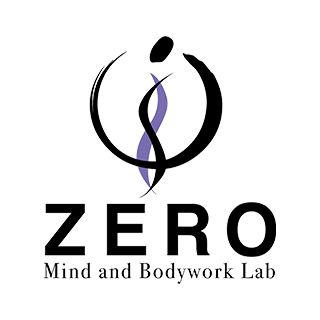Introduction
Hello, I’m Hidefumi Otsuka, offering Rolfing sessions in Shibuya, Tokyo.
Since April 8, 2025, I’ve been participating in the Advanced Training (AT) organized by the Japan Rolfing Association in Ichigaya, Tokyo. The instructors are Ray McCall and Hiroyoshi Tahata.

Yesterday marked the final day of the first 14-day segment of the AT.
One of the most significant themes I learned during this initial phase was:
Waiting for ‘what is’ to emerge.
In this post, I’d like to explore the key points about observation (Seeing and Perceiving) as they relate to Rolfing.
Waiting for ‘What Is’ to Emerge
Reflecting on the first half of the AT, Ray emphasized:
“The work is not about imposing an idea, but letting the structure speak to us.”
This means that as practitioners, it’s crucial not to force changes but to create a space where the client’s body can initiate its own transformation.
To do this, we must maintain a neutral state, open to accepting the client’s changes as they naturally occur. During the AT, we practiced various exercises to cultivate this neutrality.
Alongside neutrality, observation skills are equally vital.
Observation Skills Required in AT
Ray further highlighted that to perform truly skillful advanced work beyond the ten series, one must develop:
- Higher precision in observation (Seeing)
- Discrimination
- The ability to discern the beginning, middle, and end of a session
He stated:
“So to do truly skillful advanced work, beyond the ten series, you have to be able to see better, or have better, greater discrimination with your seeing. And you have to be able to determine when you’re done.”
“When you’re doing a non-formulaic series, you have to increase your ability to see, to access, to strategize, and to see what is the beginning, middle, and end for a piece of work for a person at that point in time.”
By honing our observation skills, we can ultimately:
Let ‘what is’ show itself.
Ray also cautioned against relying solely on visual observation:
“Seeing with our own eyes can be misleading.”
This underscores the need for full-body, holistic perception.
Jeff Maitland’s Perspective on Observation
Jeff Maitland’s Perspective on Observation
Jeff Maitland proposes a three-step approach to enhance observation (Seeing):
1. Shift Your Intentionality or Orientation
- Let go of self-centered intentions and open yourself to the client.
2. Engage Your Somatic Sensorium
- Utilize all senses—visual, tactile, auditory, and proprioceptive—to perceive with your entire body.
3. Let ‘What Is’ Show Itself (exact )
- Allow the client’s body to naturally reveal its changes without interference.
🌟 Shifting Intentionality
The first step involves moving away from a detached observer’s stance to being fully open to the client’s presence. It’s about expanding your perceptual field to be with the client, not just observing them.
Jeff explains:
“You must shift your orientation to allowing what is to show itself. You simply get out of the way by dropping your self and simultaneously expanding your perceptual field to allow the opening of a loving space.”
In Rolfing sessions, this means releasing personal intentions and judgments, becoming neutral, and allowing the client’s process to unfold naturally.
🌟 Engaging the Somatic Sensorium
Next, actively listen—not analytically or verbally—but through pure bodily perception and sensitivity. This enables attention to the client’s entire body.
Jeff states:
“Perception involves both the process by which something comes to be seen (appearing) and the object it comes to be seen as (what appears).”
“You don’t go looking for something—you let ‘what is’ show itself.”
In Rolfing, this translates to perceiving the client’s entire being through all senses, akin to sensing their presence and energy.
🌟 Letting the Body Speak
The final stage involves closing your eyes and internally recreating what you’ve seen and felt. By integrating sensation, sensitivity, and imagination, the body begins to communicate its needs.
Jeff notes:
“When you integrate your feeling-nature with the cognitive (imagination) and the sensory, your perceptual vitality and acuity will be enhanced.”
In Rolfing sessions, this helps discern what the client needs—be it structural adjustments (SLEEVE, CORE, LINE), movement, energy, or psychological support—deepening your understanding of the appropriate framework.
Conclusion
This approach of waiting for ‘what is’ to emerge transforms the practitioner-client relationship. It’s about trusting the client’s inherent self-organizing and self-regulating capacities.
By adopting this perspective, we shift from doing something to the client to being present with them, facilitating their natural process of change.

